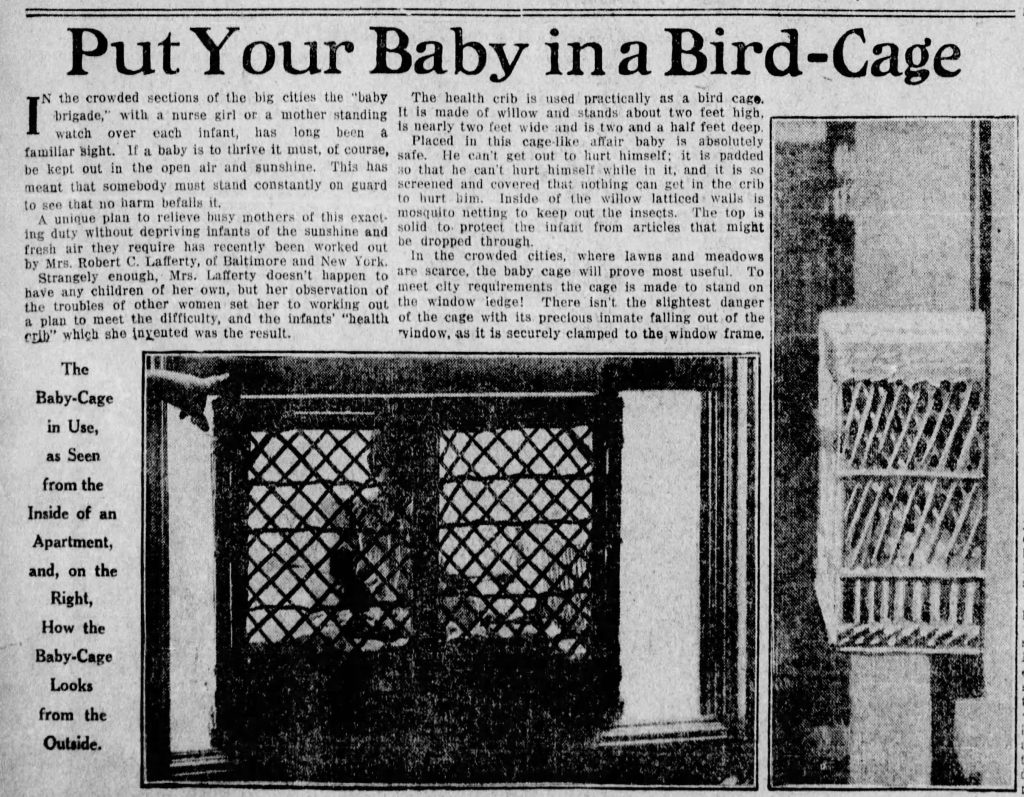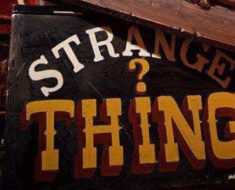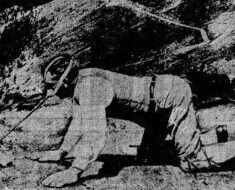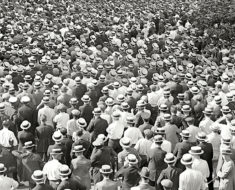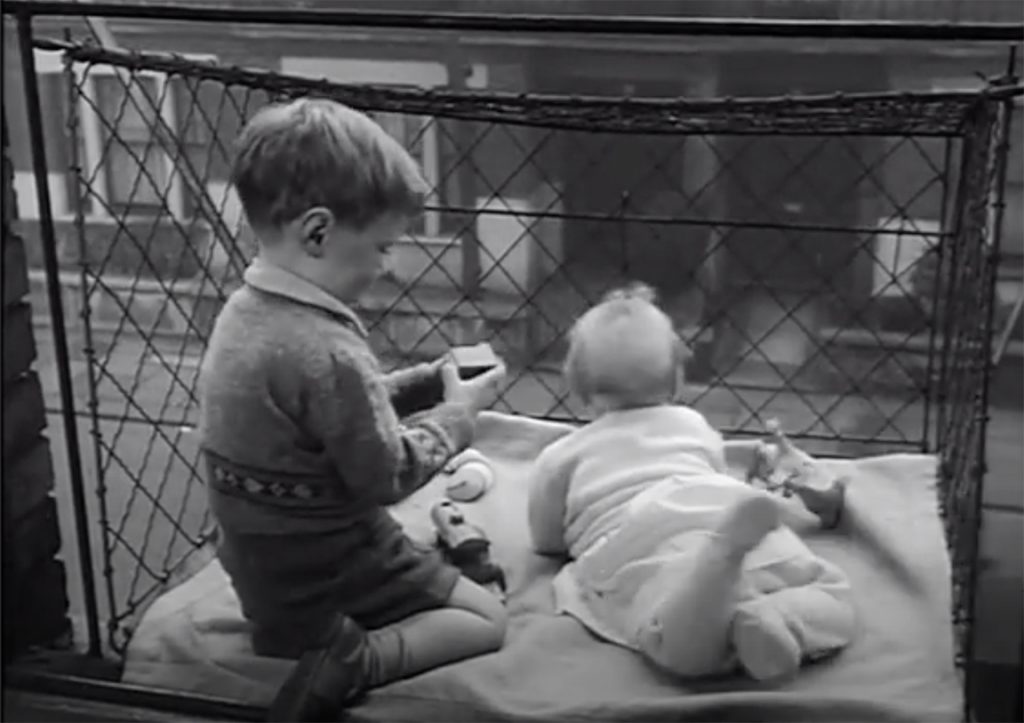
The term “baby cage” might conjure an innocent image of a crib. But in the early 1900s, the term was exactly what it sounded like. A cage for babies. One that sat on the windowsills of apartments in big cities so babies could get fresh air and look outside without any parental supervision. If cages worked for birds, why not babies?
An early iteration was designed in 1913 by Mrs. Robert C. Lafferty of Baltimore. It might not surprise you to know she had no children of her own. She had merely observed mothers having to watch over their infants outdoors as they enjoyed fresh air and sunshine. Lafferty decided the babies should be able to do it behind bars, unsupervised, in what she termed a “health crib.” The 2′ x 2′ x 2.5′ box was padded on the bottom and screened to keep the baby in and insects out. A solid top kept Baby safe from pigeon poop.
“In the crowded cities, where lawns and meadows are scarce, the baby cage will prove most useful,” reported newspapers. “There isn’t the slightest danger of the cage with its precious inmate falling out of the window, as it is securely clamped to the window frame.”
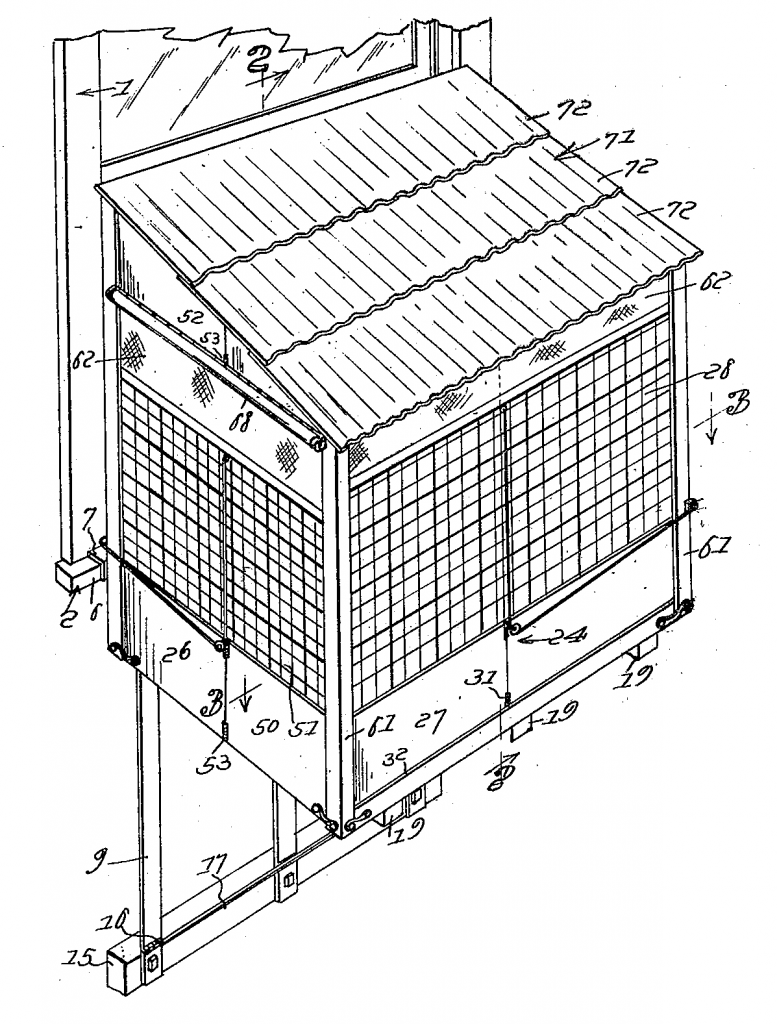
In 1924 another version designed by Mrs. Emma Read of Spokane, Washington, received a patent. Read’s version boasted a collapsible design for portability. So if you were going on vacation, you could hang your baby at the hotel and go sightseeing without being slowed down by any cumbersome kids.
By the 1930s, the idea caught on in London. As one newspaper noted, “children may catch light and air and nothing else. Just hang it out the window.” Such devices continued showing up as late as 1953, when Popular Mechanics featured an “apartment-window cage” to protect “English tots.”
Fortunately, common sense eventually made a triumphant return and the fad faded far into obscurity.
